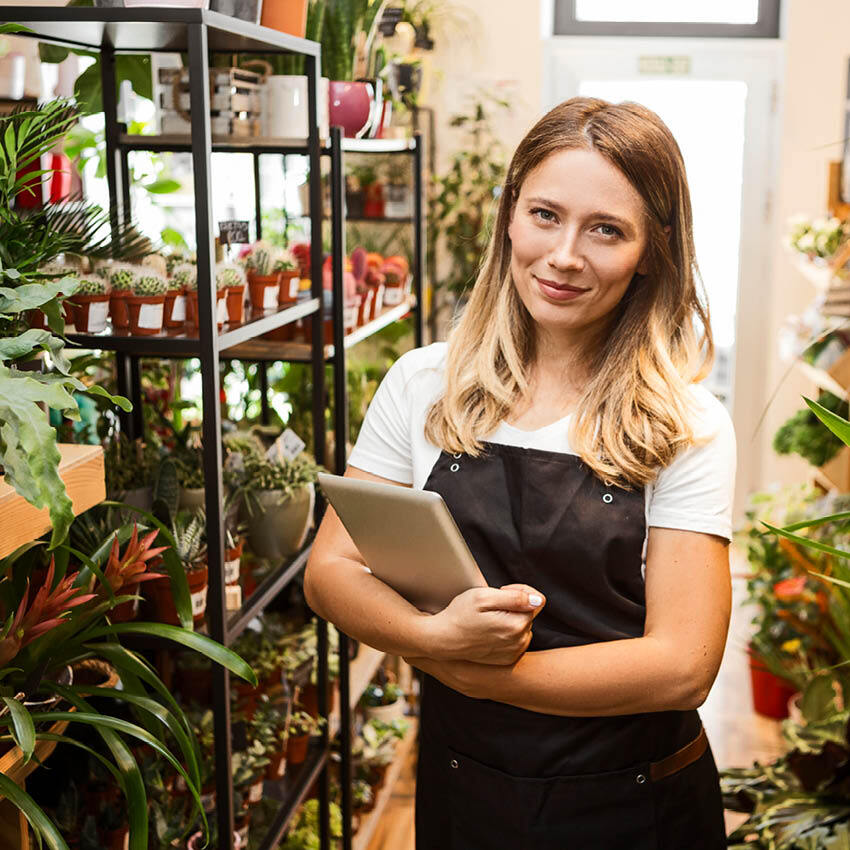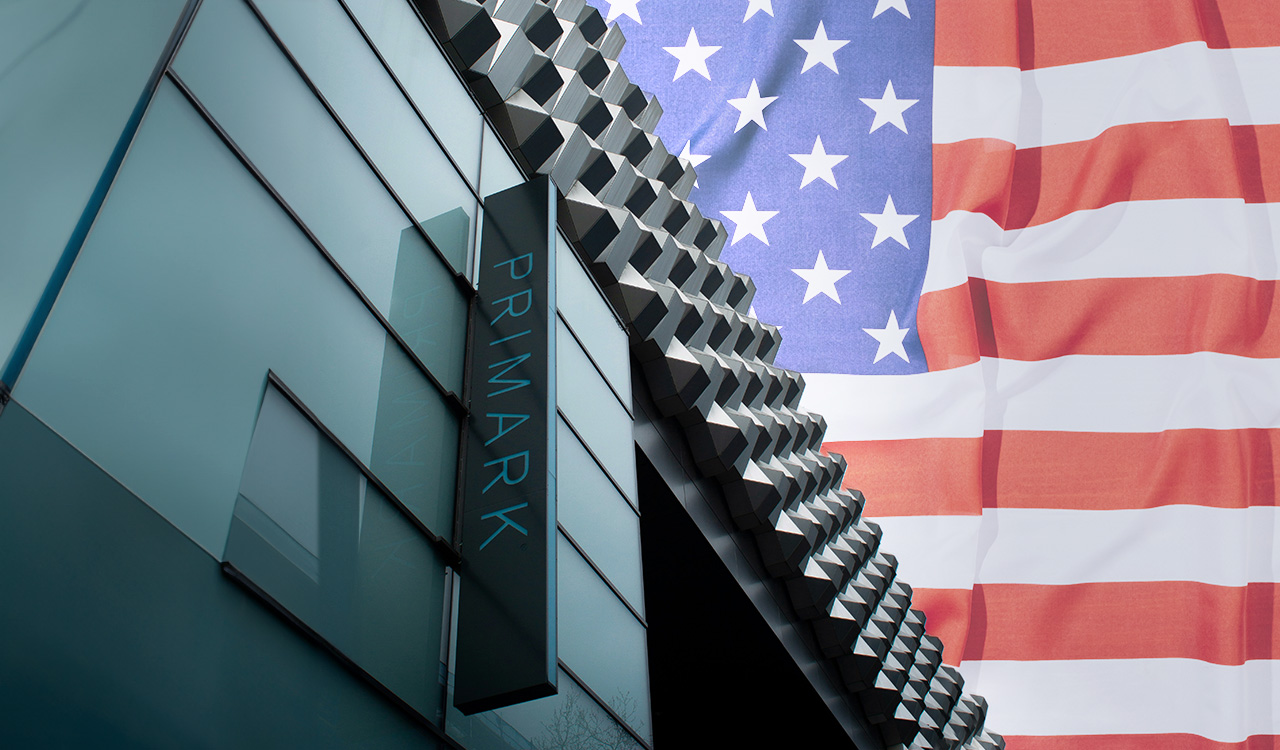A few years ago I worked with Godiva Chocolatiers on a new loyalty initiative to take it beyond spontaneous purchases and holiday whirlwinds at its tiny shops. The most remarkable piece of learning came from a conversation with the president of the company. The week before Christmas was an “all-hands-on-deck” time for them, when he told me every senior executive throughout the Godiva world would go to work in the stores over the holidays. They would run the cash registers, work with clients to create the perfect holiday gift and bring fresh inventory from the back to the elegant display cases up front. It was an amazing “finger on the pulse” of both the store clientele and its staff. Why aren’t all retail brands adopting this practice? We’re past the point of business theory running a retail store. We need the empathy that leadership can deliver when they are on the front lines.
[callout]If I were Hallmark or Nature Made or Mars Pet Foods, I’d be telegraphing an urgent S.O.S just about now and hurtling my senior staff out of the executive suite and into the Walgreens and CVSs of the world.[/callout]
Problems in Paradise
Why recall this now? Well, I if I were Hallmark or Nature Made or Mars Petcare I’d be telegraphing an urgent S.O.S just about now and hurtling my senior staff out of the executive suite and into the Walgreens and CVSs of the world for a preview of things to come. Recent drugstore and big box store checks raise the red flag of panic. Unloaded, unopened bins of cards, wrapping papers and gift boxes often line the aisles, not only inaccessible to holiday customers, but blocking their ability to peruse cards, ribbons and candles. And then the two cans and one bag of dog food reward the intrepid shopper who is able to reach over the cluttered passage at the darkened rear of the store. And over on aisle six, yes, there is a clean-up required. All those sealed cartons of alphabetized vitamins clog the store’s arteries. Of course, we know there’s a shortage of retail workers. It’s one thing to read about it, quite another to see it up close and personal. And yet a worse experience to attempt to shop it. So, senior leadership needs to get on the front lines in their organizations to experience their brands the way their customers do.
Secret Shoppers
In a series of secret shopper explorations of big box and drugstores throughout 10 cities, we found a shared reality. Inventory comes to rest on rolling platform carts, abandoned in aisles and suggesting a scene from some dystopian movie. The impact on same store sales, the classic retail metric, will be obvious soon. The Hallmarks, vitamin and supplement brands and even overpriced petfood brands will eventually run into this reality, and they’d better be prepared.
Breakdowns and Build backs
What drug and big box stores seem to be relying upon is triage: keep the tempting candy, drinks and snack food sections well stocked and customers will wait patiently for the one cash wrap that remains open. But how long will this coping mechanism work? What happens when the convenience of the ubiquitous chain drugstore is no longer, well, convenient? No longer the millennial go-to spot for post-clubbing munchies, not the reliable dash-in, dash-out for birthday candles and balloons, and not the wander-the-vitamin-aisle-aimlessly-while we-wait-for-the-prescription mecca we’ve grown to rely upon?
A glimmer of the answer to that question for drugstores and perhaps convenience and grocery appeared on my recent neighborhood walk. I found a small, brightly lit footprint stuffed with New York apartment dweller essentials. It was a well-stocked, well laid out, and seemingly well-staffed. With a flat-footed name, Fridge No More, it promises 15-minute delivery of nearly every food group one fears running out of: milk, eggs, yogurt, chips, salsa, produce, meats and fish. It was as though my refrigerator had been hacked and was now sharing its needs directly to the store. It was inviting and refreshing.
Fulfilling the Insta-delivery Craze
It’s a very appealing concept. Something in the clean, clear lines of the place beckons. Full picture windows and utterly transparent. This could be an alternative to cluttered tired-looking bodegas. This was straightforward and seemingly customer centric. Apparently, I was not alone. A few days later, a hand lettered sign appeared in the window: “Do not come in. We do not sell from this store. We do not sell here. Do not come in. Our employees can’t help you.”
It seems the bright and shiny lure of retail convenience eludes our grasp once again. Ah-ha, this is one of the company’s distribution centers. They take orders and deliver from here, but no walk-ins. The website tells me there’s no minimum delivery (“even if you only order an apple”), no subscription fees, no commitment. What’s not to love? “Fast and free grocery delivery.” It’s a promise designed for Manhattanites and another nail in the coffin of the power of “location, location, location,” as well as the allure of bumping into friends and neighbors.
Amazon by Default
Our investigations offered another troubling insight. Troubling, that is, for the big box and club stores and great news for Amazon. In every geography we explored, big box customers were told to “just go to Amazon” by in-store personnel. Perhaps weary of trying to answer questions about 5G compatibility of this TV versus that one, or whether there’s a coffeemaker that also grinds coffee before brewing, or even confusion over delivery dates, times and fees, exasperated staff members are increasingly suggesting a default to Amazon. A kind of expansion of the Miracle on 34th Street trope of Macy’s sending customers to Gimbel’s. But this phenomenon is no Hollywood fantasy.
At first, we were tempted to imagine an ongoing campaign by Amazon, a fifth column of spiffed employees encouraged to send their customers away from the retailer they work for and over to Amazon. But we found no evidence of that. What we found was burnout of on-the-floor associates deciding that “outstanding customer service” means encouraging customers to head out the door and run elsewhere. Reportedly, one such employee decided to spiff himself by taking the customer’s phone, showing her how to order a new television from Amazon, arranging its confirmed delivery and then asking her if she didn’t think she should tip him 10 percent of the $200 savings, compared to the best option he could offer in store.
Field Research
Our secret shoppers also took a walk around their cities, checking in on neighborhoods, malls, and retail areas. While shoe repair, custom framing and tiny clothing boutiques have exited stage left due to the demise of foot traffic during Covid and, well, the unilateral customer decision to wear only sneakers, not have any photos suitable for framing or invitations to events requiring a new frock, only two types of local shops seem to have thrived: florists and bakeries. Indeed, new cake and cookie shops are flourishing. Something about a positive “Let them eat cake” zeitgeist may be upon us. Something we want which Amazon can’t, or at least doesn’t yet deliver. But why? Why do these tiny bastions of commerce survive and thrive?
When I wrote Shopportunity! we identified a formulaic syntax to a powerful shopping experience: Anticipation, Pursuit, Prominence and Appreciation: APPA. It seems in the world of out-of-stocks and random access to service, your local flower shop and neighborhood bakery are still able to deliver. We anticipate the stroll to visit each of these shops, are engaged by the selection of the perfect bouquet or tart, proud of the significance of our preferences to the expert salesperson actually seeking to please us, and fully appreciative of our acquisition after purchase.
Contrast that to the woeful wandering in any chain store … anywhere. Retail is in a bifurcated crisis. On the one hand, employees are leaving unfulfilling, low-paid jobs, creating a customer service vacuum across the country. On the other hand, the small, neighborhood shops that recognize and know their customers are thriving. Seriously, if you have the choice, which would you choose?




